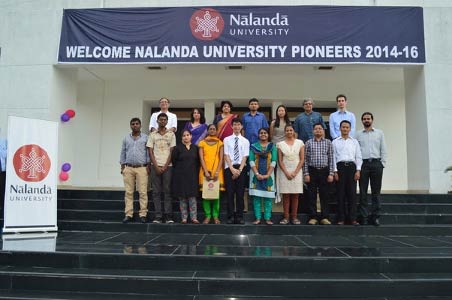THE RESURRECTION OF NALANDA UNIVERSITY
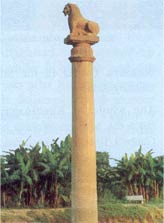
One day which stands above all others as the saddest day of India’s national history. Throughout its long history, India has never categorized itself along the sole premise of label and religious belief. The core beliefs of Vedism of Ancient India have always been more about common philosophical goals than about simple proclamation of superiority as found in the forces which would come to invade India in later periods. Thus, the saddest day for India was not simply for the Hindu community but for the larger part of Indian consciousness as a whole. This consciousness defies label or categorization in the Western sense. But then most of Indian philosophy and history is utterly unique in its basis and realizations. Indian is a civilization which was founded on philosophy long before it became a governed entity. In the Vedic period, groups of respected elders would govern via the “Panchayaat”, or counsel of elders. These members were chosen by their community. In later times Indian civilization would evolve into a completely unified entity with an entity larger than the modern Republic of India in 260 B.C., ruled by Emperor Pyadaasi Ashoka. Yet, unlike any Empire in history before or after, Emperor Pyadaasi Ashoka would voluntarily stop expansion of his Empire. Instead, he began to spread Indian Philosophy, Science and Buddhism to the world at large. Rather than attacking weaker states, he chose to spread the noble truths of Brotherhood and Sisterhood, known in Sanskrit as “Sangha” to the world. He created a state which took the welfare of all its citizens as the most important task. A system of state funded medical care and research was created for the first time in world history. Ecological laws were enacted and the entire thinking for justice was made to be one of magnanimity and not punishment from which neither the subject nor the society received any benefit from. Indian civilization would endow the world’s first Universities, and perform the first plastic surgeries, inoculations and develop the basis of modern mathematics. As unimaginable as it was during the Mauryan age, India would one day be overrun by Islamic Invasion and later be colonized. Thus, there would be sad days to come in the National History of India.
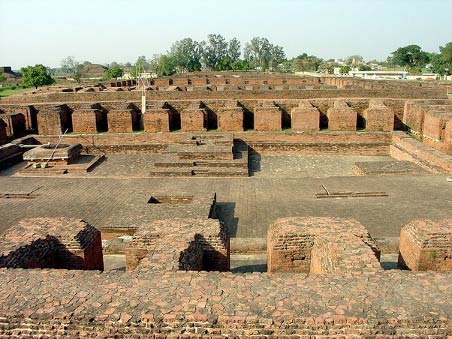
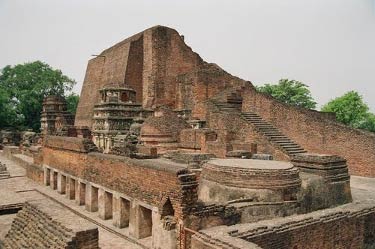
The truly worst day would come after an Islamic Invasion of India. There were numerous military defeats inflicted on India, but there is a far deeper pain than even those. There were temples and glorious examples of Indian architecture were destroyed, but these too are far lesser pains. The truly worst day for India was the destruction of Nalanda University. Patronaged by Emperor Ashoka, and the Gupta Dynasty, this University had been a major part of the greatest cultural interchange in human history. This interchange between India and China began in the 5th century B.C. and accelerated after Emperor Ashoka’s humanistic spread of Indian Civilization to the world, and particular to the far east. China’s response was to send numerous students to India, and to embrace Indian philosophy and the sciences. Even today, Indian philosophy is so integrated into Chinese culture and history that it is hard to differentiate it. Indian mathematics and astronomy spread to China. During the Tang Dynasty an Indian known in China as Qutan Xida, was the Director of the National Astronomical Council in China; his real name was Gautam Siddh. His contributions to Chinese astronomy were many, as he translated many scientific works from Sanskrit to Mandarin. Even the world Mandarin is based on the Sanskrit word “Mantri”, which means Minister. Thus, Mandarin means the language of ministers.
Nalanda University had three main libraries. The Ratnasaagar (Ocean of Diamonds), Ratnodhadhi (Sea of Diamonds) and the Ratnaranjanak (Embellished of Diamonds). The Ratodhahdi housed in nine levels and housed famous works by the greatest minds of Ancient India. These included the works of Aryabhata, Dharamakirti, Dignaga and Aryadeva. There were more than 1510 Professors engaged in work at Nalanda. Myriads of instruments were present; many of these functioned by way of water. The trigonometric concepts of Sine and angles were computed here. Incredibly accurate time keeping devices were developed. The days in a year and the principles of gravity were well understood and amazingly, they were aware that the earth rotated on an axis. Nalanda would, throughout its complex employ the use of shafts which would separate hot air from cold; thus, the study halls would remain at a comfortable temperature.
An illiterate Islamic fanatic invader known as Baktyar Kilji would, in 1193 A.D., order the destruction of Nalanda University. The professors had not abandoned this institution, which was already 1600 years old. They had been warned of the assault but they could not leave the University where so much history, knowledge and the pride of Ancient India resided. It was a place where Emperor Ashoka had once prayed, where students had come to study from as far away as China, Japan and Rome. The knowledge contained here was a direct link to the Vedic schools of thought and reasoning. These professors would be brutally executed. Kilji would then order the burning of all 9 million books at Nalanda. Much of our recorded knowledge of Ancient India was lost in the decision made by an illiterate marauding fanatic. We do not know even today how many cures for illnesses and thoughts which could benefit humanity were lost because of the prejudice of an individual who could not even fathom what was being lost. But such individuals take action for their own egos and fulfillment, they could never understand that realization of ancient India, where humanity became as much part of life as part of science.
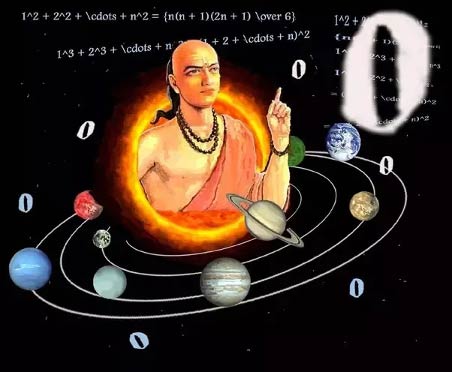
Aryabhata, Ancient Indian Mathematician and Astronomer
The tradition of learning in India was destroyed by the invader’s action. Such was recorded by Minhaj J Siraj “Muhammad Bakhtyar Kilji, by the force of his intrepidity, threw himself into the postern of the gateway of the place, and they captured the fortress, and acquired the great booty. The greater number of the inhabitants of that place were Brahmans, and all of their heads were shaven; then they were all slain. There were a great number of books there; and, when all these books came under the observation of the Musalmans, they summoned a number of Hindus that they might give them information respecting the import of those book,; but all of the Hindus had been killed. On becoming acquainted [with the contents of those books], it was found that the whole of that fortress and city was a college, and in the Hindi tongue, they called it a college.”
For the first time in the history of India the long held view of education being the right of both genders would become a distant memory for nearly the next 900 years. A decline unparalleled in world history would take place for sciences and mathematics in India. Only since the establishment of the Republic of India in 1947, would education once more become a matter of national focus again. The damage of the destruction of Nalanda was long-lasting, and it is only in recent history that India has begun to truly recover from this loss. 2010, by an act of Indian parliament Nalanda University was reestablished as an Academic University. Had Nalanda not been destroyed, it would have been 2500 years old today. Even despite a lapse of 900 years, Nalanda even today is the longest standing academic institution in the world. Its reestablishment correlates with an India which has begun to once more rise and regain its historic significance in the world, the dream of the humanistic principles which Nalanda represented are once again coming back to life. For knowledge has no label nor religion, it is this gift of the human spirit of ancient India which is being restored.
